Island Paradise: Zanzibar’s Spice and History 🏝️🌶️📜
Unveiling the Charms of Zanzibar Through Spice Routes and Rich Heritage
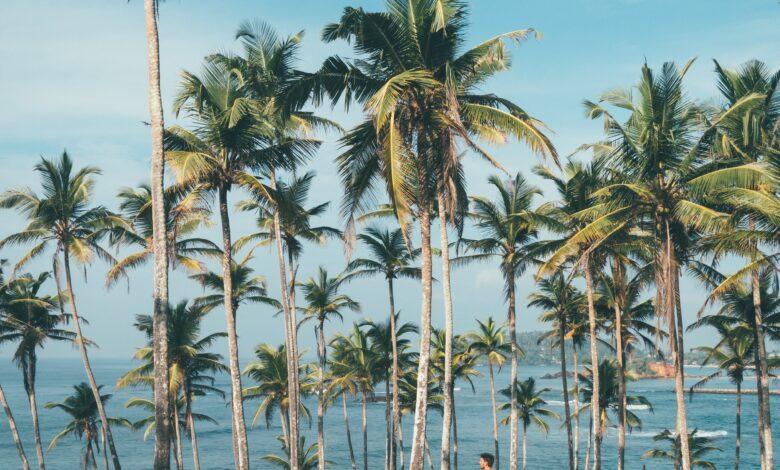
Introduction
Welcome to Zanzibar, an island jewel nestled in the Indian Ocean, where the air is fragrant with the aroma of spices and history whispers through the labyrinthine streets. Join us on a captivating exploration of Zanzibar’s rich tapestry—a blend of spice-laden markets, a historic past shaped by trade, and a cultural heritage that echoes through the ages. Let’s unravel the tales that make this island paradise a unique destination steeped in tradition and allure.
Zanzibar’s History as a Spice Hub
Zanzibar, often referred to as the “Spice Islands,” has an illustrious history steeped in its role as a prominent spice hub. Nestled off the coast of Tanzania, this archipelago was a pivotal point in the historic spice trade routes, attracting traders from across the globe. Its strategic location made it a melting pot of cultures, where merchants exchanged not only spices but also ideas, languages, and traditions.
Variety of Spices Grown and Traded on the Island
The aromatic allure of Zanzibar lies in its rich diversity of spices cultivated across the islands. From cloves, nutmeg, cinnamon, and cardamom to pepper and turmeric, Zanzibar boasts a treasure trove of flavorful delights. These spices not only contribute to the island’s culinary heritage but also hold medicinal and cultural significance ingrained in the local way of life.
Spice Tours and Experiences for Visitors
Exploring Zanzibar’s spice heritage is an immersive experience for visitors. Spice tours offer a sensory journey through lush spice plantations, where knowledgeable guides unravel the secrets behind each aromatic treasure. Travelers get a hands-on experience, witnessing the cultivation, harvesting, and processing of spices while indulging in the scents and tastes that define Zanzibar’s culinary identity.
Moreover, engaging in spice-focused culinary classes provides an opportunity to delve deeper into the island’s gastronomic heritage. Learning to concoct traditional dishes using these spices allows visitors to take a piece of Zanzibar’s flavors home with them.
Embracing Zanzibar’s Fragrant Legacy
Zanzibar’s status as a spice haven isn’t just a historical relic—it’s a living, breathing part of the island’s identity. The intoxicating scents wafting through bustling markets, the vibrant colors of spices piled high in stalls, and the tales woven into each aromatic treasure all contribute to Zanzibar’s allure.
Visitors not only savor the sensory experiences but also gain a profound appreciation for the integral role spices play in Zanzibar’s cultural fabric. A journey through this fragrant legacy leaves an indelible mark, fostering a deeper connection with the island’s history and the significance of spices in shaping its narrative.
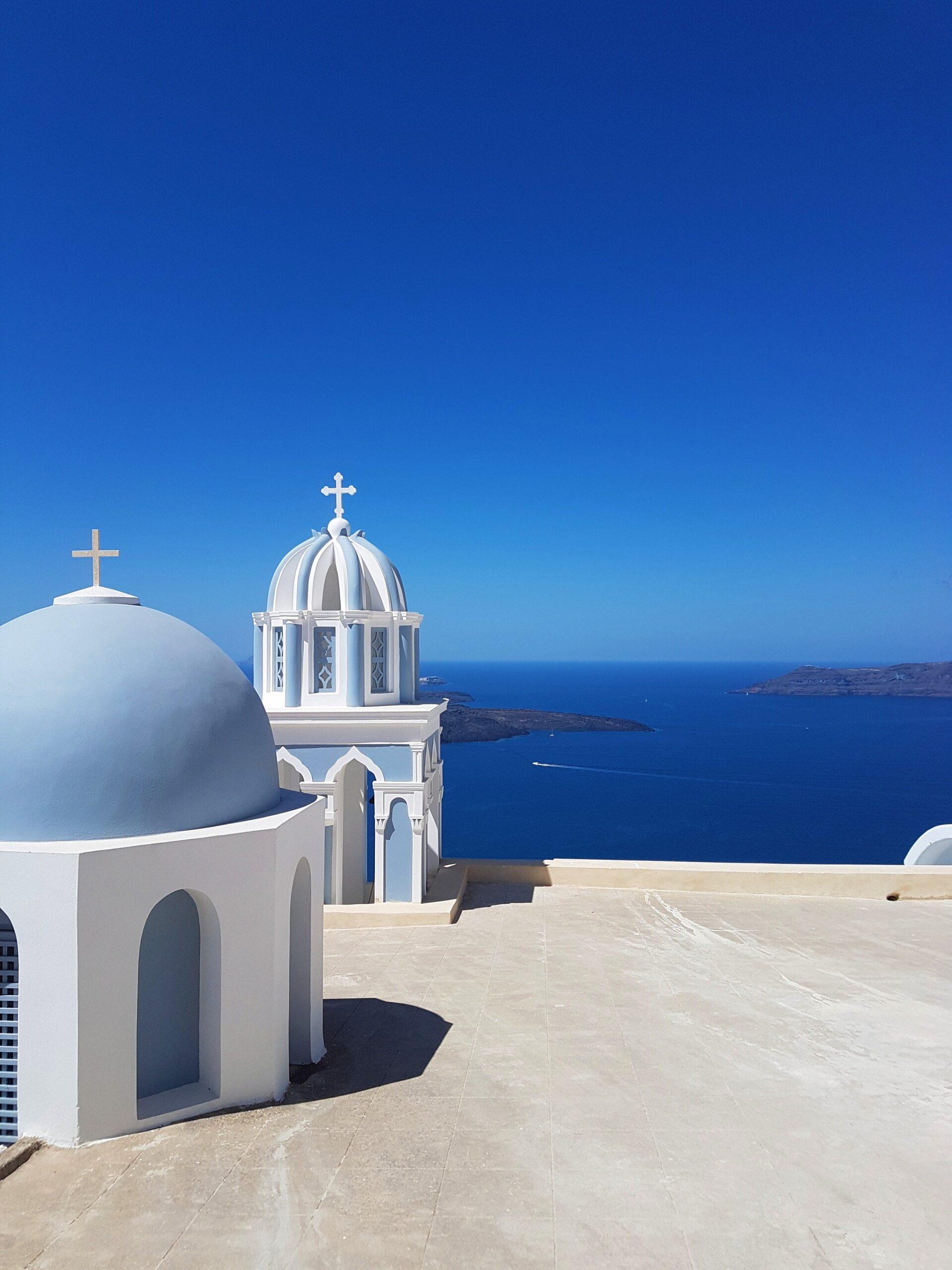
Zanzibar’s Role in the East African Slave Trade
Zanzibar, nestled in the Indian Ocean, holds a tumultuous past marked by its involvement in the East African slave trade. During the 18th and 19th centuries, this island served as a hub for the trade of enslaved individuals, a tragic chapter intertwined with its history. The bustling Stone Town, a UNESCO World Heritage Site, once witnessed the harrowing commerce of human lives, with captured individuals forcibly taken through the infamous “Door of No Return” to be shipped across the globe.
Museums and Landmarks Commemorating this History
Today, Zanzibar stands as a testament to remembrance and reconciliation, evident in its museums and landmarks dedicated to preserving this painful history. The Slave Market, now a haunting memorial, stands on the site of the former trading hub, serving as a poignant reminder of the atrocities committed. The Old Fort, once a place of incarceration for enslaved individuals before their sale, now houses the Stone Town Cultural Centre, offering insight into Zanzibar’s complex history.
The Hamamni Persian Baths and Tippu Tip’s House, named after a notorious slave trader turned governor, echo the island’s dark past. These sites, though laden with history, serve as educational landmarks, fostering awareness and understanding of the island’s role in the slave trade.
Journey Towards Reconciliation and Remembrance
Zanzibar has embarked on a journey of reconciliation, embracing its past while striving for healing and remembrance. Efforts to commemorate the victims of the slave trade include annual events like the Zanzibar International Film Festival and cultural performances that promote dialogue and reflection.
Moreover, educational initiatives and guided tours shed light on this history, inviting visitors to engage thoughtfully with Zanzibar’s past. The island’s commitment to preserving historical sites and fostering dialogue reflects a dedication to honoring the lives lost and creating a future grounded in remembrance and unity.
Zanzibar’s journey toward reconciliation underscores the resilience of its people, transforming painful narratives into opportunities for understanding, learning, and collective healing.
Stone Town: A UNESCO World Heritage Site
Stone Town, situated on the enchanting island of Zanzibar, stands as a living testament to a bygone era. This historic town, declared a UNESCO World Heritage Site in 2000, exudes an aura of mystery and charm, weaving together centuries of history, architecture, and diverse cultural influences.
Historic Architecture and Cultural Significance
The architectural landscape of Stone Town is a mosaic of influences, reflecting the town’s rich past. The narrow, labyrinthine streets are lined with intricately carved wooden doors, adorned with brass studs and ornate patterns—a hallmark of Swahili and Arab architecture. The coral stone buildings, with their distinctive balconies and verandas, showcase a blend of Persian, Indian, European, and Arab styles.
Beyond its aesthetic allure, Stone Town serves as a living museum, preserving the remnants of the Swahili Coast’s trading past. The Old Fort, the Sultan’s Palace, and the House of Wonders stand as poignant reminders of Zanzibar’s historical significance, offering glimpses into the island’s storied past and the influence of Sultans and traders.
Mix of Cultures: Arab Influences to Swahili Traditions
Stone Town’s cultural tapestry is woven with threads of diverse heritage. Arab influences, evident in the architecture, cuisine, and customs, harmoniously intertwine with Swahili traditions. The echoes of the Omani Sultanate resonate through the town’s bustling markets, where spices, textiles, and handicrafts beckon visitors to immerse themselves in a vibrant tapestry of sights, sounds, and aromas.
The fusion of cultures is also evident in the language spoken—the rhythmic blend of Swahili, Arabic, and other tongues spoken by the locals. The town’s cuisine, a delectable fusion of Swahili, Indian, and Arabian flavors, tantalizes taste buds with dishes like biryani, pilau, and mouthwatering seafood delicacies.
Exploring Stone Town is a journey through time and culture, where each alleyway, each building, holds within its walls the stories of the diverse peoples who have shaped its identity. It’s an invitation to wander through history, savoring the unique blend of cultures that have converged on this captivating island enclave.
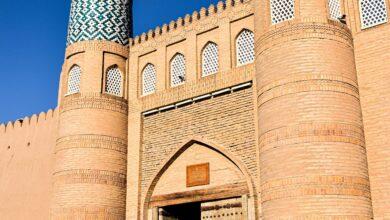
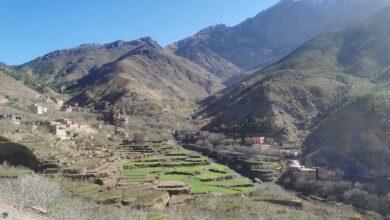
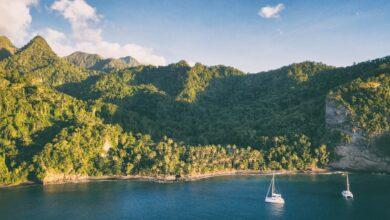

Facebook Comments